Every diabetic diet promises control, but few actually deliver results you can feel. This doctor-recommended 7-day Indian vegetarian chart does.
It turns your daily meals into a system that naturally balances blood sugar using familiar Indian foods, smart portioning, and steady meal timing. Simple, tasty, and medically sound, this plan finally makes diabetes control practical, not painful.
What is Diabetes and How It Affects Blood Sugar Levels?
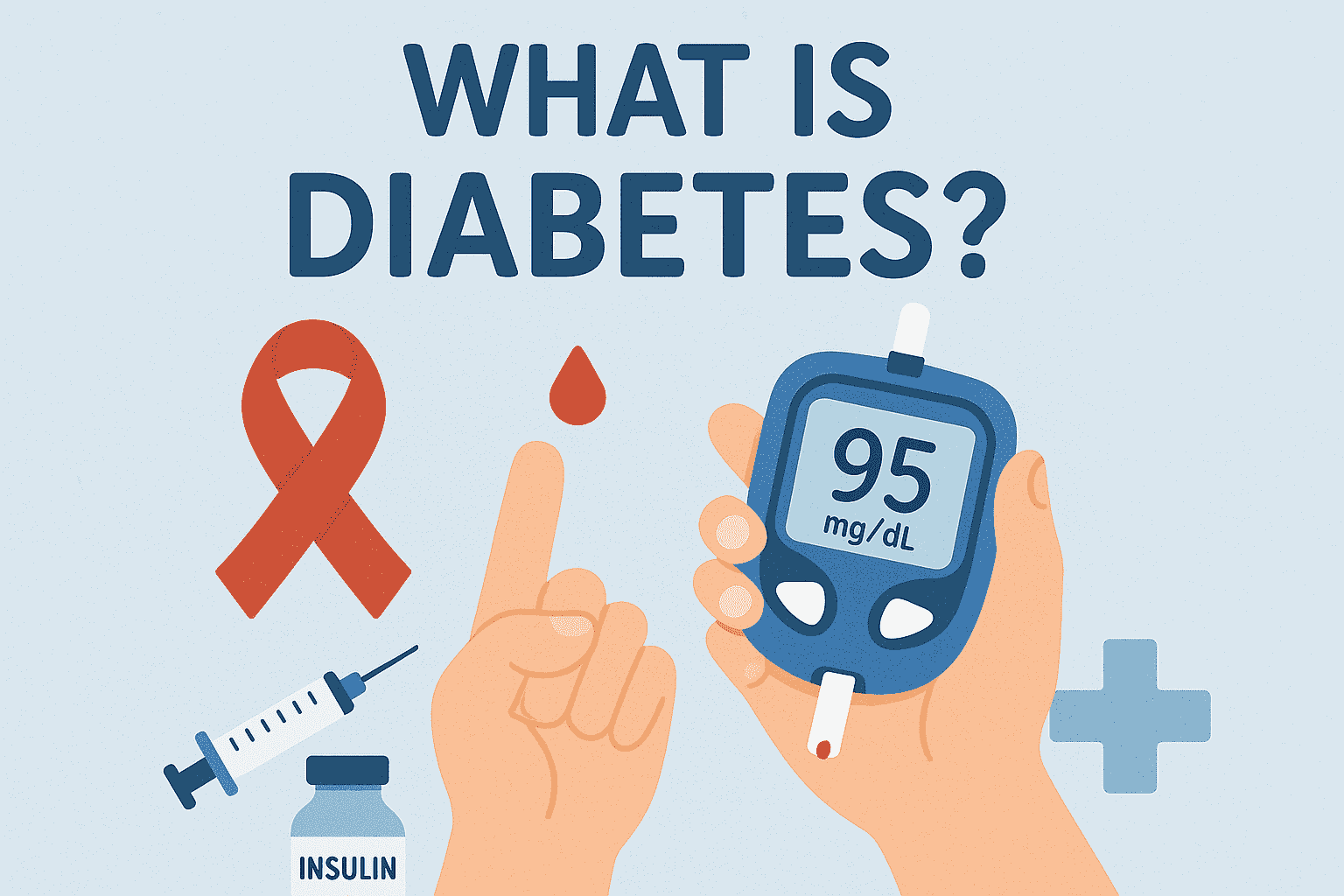
Diabetes occurs when the body cannot produce enough insulin or use it properly, leading to rising blood glucose levels. High blood sugar levels, if uncontrolled, can interfere with glucose absorption and disrupt managing blood sugar levels daily.
Understanding how diabetes develops helps in managing diabetes effectively from its roots.
How Diabetes Affects Your Body
-
Insulin imbalance: Insulin acts like a key, unlocking cells so glucose can enter and produce energy. When the “key” doesn’t work, sugar stays trapped in the blood.
-
Glucose buildup: Excess glucose thickens the blood, forcing the heart to work harder and disrupting how organs receive oxygen and nutrients.
-
Nutrient absorption issues: Without proper insulin function, the body fails to absorb nutrients efficiently, leading to constant tiredness and low energy.
Long-Term Consequences of Uncontrolled Blood Sugar
-
Damage to blood vessels: Persistent high sugar weakens and narrows blood vessels, reducing blood flow to vital organs.
-
Increased heart and kidney strain: The circulatory system struggles to handle the thickened blood, putting long-term pressure on the heart and kidneys.
-
Nerve and vision problems: Poor circulation can damage nerves (neuropathy) and eyes (retinopathy), often showing up as tingling sensations or blurry vision.
“The food you eat can be either the safest and most powerful form of medicine, or the slowest form of poison.”
– Ann Wigmore
Understanding this connection between insulin, glucose, and organ health is the first step toward real control. The next section focuses on recognizing the earliest symptoms so you can act before diabetes begins to shape your everyday life
Common Symptoms and Early Signs of Diabetes You Should Recognize
Early signs of diabetes often include tiredness, excessive thirst, frequent urination, and high blood pressure. Ignoring these warning signals increases the risk of heart disease and other complications that affect overall health.
Recognizing these symptoms early helps you take control before serious risk complications occur.
Physical Signs That Appear Early
-
Frequent urination: High glucose pulls extra water into the urine, causing you to visit the bathroom more often, especially at night.
-
Excessive thirst: As your body loses fluids, thirst increases to make up for dehydration.
-
Unexplained fatigue: When glucose can’t enter cells for energy, the result is constant tiredness, even after full rest.
-
Slow healing wounds: Elevated sugar affects blood flow and weakens immunity, delaying recovery from small cuts or infections.
-
Sudden weight changes: Unexpected weight loss or gain may occur due to poor glucose metabolism and hormonal imbalance.
Symptoms You Might Overlook
-
Blurred vision: Sugar buildup in the eyes affects fluid balance, leading to temporary or recurring vision issues.
-
Tingling or numbness: Early nerve damage from poor circulation can cause tingling in hands and feet.
-
Dry skin and frequent infections: Fungal or urinary tract infections can become common due to excess sugar in the blood.
Why Early Awareness Matters
Identifying these signals early helps stop progression before chronic complications set in. Simple awareness lets you make smart food and routine choices before medication becomes the only option.
Once these signs are clear, the next step is to understand how your everyday Indian vegetarian diet plays a crucial role in preventing these sugar fluctuations from taking root.
Why Indian Vegetarian Foods Need Special Attention for Diabetes Management?
Indian vegetarian diets often include refined grains, refined carbs, and sugary foods that raise blood sugar levels quickly. Poor eating habits and lack of a proper diet make managing diabetes effectively difficult, even in a balanced vegetarian diet.
Knowing how to adjust these eating habits can transform a healthy diet into a diabetes-friendly plan.
Common Pitfalls in the Indian Vegetarian Diet
-
Overuse of refined grains: Staples like white rice, maida, and semolina digest fast, causing quick glucose spikes.
-
Hidden sugars in everyday foods: Items like sweet tea, jaggery-based snacks, or fruit juices seem harmless but add up in sugar load.
-
Low protein balance: Many vegetarian diets focus on carbs while ignoring lentils, paneer, or tofu that help slow digestion.
-
Excessive oil or ghee use: Heavy tempering and frying reduce the health value of otherwise balanced meals.
Why Understanding Glycemic Index is Important
Even a vegetarian diet can backfire when ingredients are chosen without understanding their glycemic impact. Once you start balancing traditional foods with science-backed swaps, vegetarian eating becomes a powerful tool for controlling blood sugar naturally and sustainably.
The Role of Glycemic Index and Glycemic Load in Blood Sugar Control

The glycemic index and glycemic load measure how foods affect blood sugar regulation and glucose absorption. Choosing complex carbohydrates and avoiding natural sugars that spike blood sugar are key to managing blood sugar levels.
Learning these values helps in building meals that naturally regulate blood sugar levels.
What the Glycemic Index (GI) Tells You
-
GI measures the speed of glucose release.
Foods are rated on a scale of 0 to 100, where higher numbers mean faster sugar absorption. -
Low GI foods (below 55) like oats, beans, and green leafy vegetables release energy slowly and keep blood sugar stable.
-
High GI foods (above 70) such as white bread, potatoes, or sugary snacks can cause quick glucose surges.
What Glycemic Load (GL) Adds to the Equation
-
GL factors in both quality and quantity of carbs.
It calculates how much carbohydrate a food contains and how quickly it affects blood sugar. -
Low GL foods (under 10 per serving) help maintain consistent sugar levels through balanced carb portions.
-
Moderate GL foods (11–19) can be eaten occasionally with protein or fiber to slow absorption.
How to Apply GI and GL in Daily Eating
-
Choose low GI grains like brown rice, broken wheat, or quinoa instead of refined white rice.
-
Combine carbs with protein and healthy fats such as dal with olive oil or curd to lower GI impact.
-
Avoid high GI snacks like fried foods, sweets, and soft drinks to prevent insulin strain.
-
Focus on whole fruits instead of juices, since fiber naturally lowers the glycemic effect.
“To eat is a necessity, but to eat intelligently is an art.”
– François de La Rochefoucauld
Balancing meals based on glycemic index and load makes diabetes management smoother, keeping energy steady throughout the day. With this scientific understanding, building a vegetarian diabetes diet chart becomes far more purposeful and result-oriented.
Confused by GI and GL values?
Let Balance Bite calculate your ideal food combinations automatically, no guesswork, just balance
Key principles for a vegetarian diabetes diet chart for diabetic patients

A diabetic food chart or diabetic diet chart based on a balanced vegetarian diet ensures steady energy, improved digestion, and effective managing diabetes. Following a proper diet plan and the right indian diet chart helps prevent fluctuations and maintain overall health.
Let’s go through the core principles that shape every ideal indian diet chart.
1. Focus on Low Glycemic Index Foods
Low GI foods help control sugar levels by releasing glucose gradually. They reduce the risk of post-meal spikes and keep energy stable.
Best low GI choices:
-
Broken wheat porridge, brown rice, and oats
-
Green leafy vegetables like spinach, methi, and cabbage
-
Beans, lentils, and chickpeas for steady glucose release
Eating these regularly keeps your metabolism balanced and helps prevent fatigue between meals.
2. Balance Carbohydrates, Protein, and Fiber Intake
Each meal should have the right mix of nutrients to manage glucose efficiently and sustain energy.
How to achieve this balance:
-
Pair whole grains with dal or tofu for complete protein
-
Add raw or cooked veggies for fiber
-
Include low-fat dairy or curd to support digestion
This balance ensures better calorie utilization and long-term blood sugar stability.
3. Include Plenty of Non-Starchy Vegetables
Vegetables high in fiber and vitamin C slow down sugar absorption and enhance gut health.
Top picks for daily meals:
-
Green leafy vegetables: spinach, kale, and amaranth
-
Cruciferous vegetables: cauliflower, cabbage, and broccoli
-
Others: bottle gourd, bitter gourd, beans, and okra
A colorful plate filled with non-starchy vegetables promotes consistent energy without glucose overload.
4. Choose Whole Grains Over Refined Ones
Whole grains provide complex carbs that digest slowly and prevent blood sugar swings.
Healthy grain swaps:
-
Replace white rice with brown rice, millets, or quinoa
-
Use whole wheat instead of maida for rotis or parathas
-
Opt for broken wheat porridge for better digestive health
Whole grains not only manage sugar levels but also improve satiety and metabolism.
5. Add Healthy Fats in Moderation
Fats help absorb vitamins and stabilize glucose when used wisely.
Best sources:
-
Olive oil, mustard oil, or rice bran oil
-
Low-fat dairy like paneer or curd
-
Nuts and seeds such as almonds, flax, or chia
Controlled fat intake supports heart health while ensuring nutrient absorption.
6. Maintain Consistent Meal Timings
Regular eating intervals prevent sugar crashes and keep metabolism active.
Effective timing tips:
-
Eat every 3–4 hours in smaller portions
-
Include a mid-morning snack such as nuts or sprouts
-
Avoid skipping meals, especially breakfast
Predictable timing helps the body regulate insulin more efficiently and maintain steady energy.
7. Stay Hydrated and Avoid Sugary Drinks
Hydration aids digestion and controls sugar concentration in the bloodstream.
Best hydration choices:
-
Water, green tea, or buttermilk
-
Coconut water (in moderation)
-
Avoid sugary beverages and carbonated drinks
Proper hydration enhances metabolism and supports better nutrient transport.
8. Practice Portion Control for Better Blood Sugar Management
Controlling portion size is one of the simplest yet most effective habits for diabetes.
Smart portioning strategies:
-
Use smaller plates to reduce serving sizes
-
Stop eating when you feel 80% full
-
Balance each meal with fiber and protein to slow sugar absorption
Mindful portion control prevents overeating, reduces insulin stress, and keeps energy even.
Adopting these principles turns your vegetarian meals into a structured, reliable system for diabetes management. Once these habits become second nature, planning a 7-day vegetarian chart for real-life blood sugar control becomes effortless.
“Small changes in what you eat can bring big changes in how you feel.”
– Dr. Mark Hyman
Sample 7-day vegetarian diet chart for Diabetes Management
This 7-day diabetic food chart brings together indian diabetic diet principles into a practical meal plan that balances taste and control. From brown rice and mixed vegetable curry to green tea, each meal fits an indian diet chart designed for managing diabetes.
See how a personalized diet chart creates steady blood sugar control through real foods
| Day | Early Morning | Breakfast | Mid-Morning Snack | Lunch | Evening Snack | Dinner | Before Bed |
|---|---|---|---|---|---|---|---|
| Day 1 | Warm water with chia seeds | Moong dal chilla with mint chutney | Green tea with almonds | Brown rice, dal, and mixed veg curry | Roasted chana | Chapati with lauki curry | Turmeric milk |
| Day 2 | Lemon water | Vegetable oats with curd | Buttermilk | Millet khichdi with salad | Sprout salad | Tinda curry with phulka | Herbal tea |
| Day 3 | Turmeric milk | Besan cheela with tomato chutney | Coconut water | Brown rice, sambar, and beans stir-fry | Apple slices with peanut butter | Palak paneer with 1 chapati | Cinnamon tea |
| Day 4 | Warm water with cinnamon | Broken wheat porridge | Green tea and 2 walnuts | Vegetable pulao with dal and salad | Boiled corn with chat masala | Mix veg curry with chapati | Warm milk |
| Day 5 | Aloe vera juice | Upma with veggies | Handful of roasted peanuts | Brown rice, rajma, and cabbage sabzi | Moong sprouts | Methi thepla with curd | Chamomile tea |
| Day 6 | Water with soaked methi seeds | Vegetable poha with lemon | Buttermilk | Bajra roti with mixed veg curry | Fruit salad (apple + guava) | Bottle gourd curry with dal | Turmeric milk |
| Day 7 | Green tea | Ragi dosa with chutney | Cucumber sticks with hummus | Steamed rice, dal, and bhindi sabzi | Roasted fox nuts (makhana) | Tofu curry with brown rice | Warm herbal tea |
This 7-day plan is structured to keep energy consistent, prevent sugar spikes, and make diabetes management sustainable without feeling restrictive.
The meals rely on whole grains, vegetables, and balanced portions, turning everyday Indian foods into tools for long-term blood sugar control and better health.
Don’t stop at reading, start eating right.
Create your own 7-day diabetic-friendly plan with Balance Bite’s Smart Meal Builder
Foods to Strictly Avoid in an Indian Vegetarian Diet for Diabetes Control
Certain foods like refined carbs, sugary foods, and refined grains cause high blood sugar levels and lead to sudden spikes. Natural sugars, carbonated drinks, and fried options only worsen weight loss struggles and insulin response.
Here’s a list of foods that derail diabetes control and need to be limited for steady progress.
1. White Rice and Refined Flour (Maida)
Both are stripped of fiber and nutrients, causing rapid sugar release. Replace them with:
-
Brown rice, millets, or quinoa for gradual glucose absorption
-
Whole wheat or multigrain flour instead of maida for chapatis
2. Deep-Fried Snacks and Sweets
These foods absorb unhealthy oils and trans fats that elevate cholesterol and slow digestion.
Healthier swaps: grilled paneer, roasted snacks, or air-fried vegetables
3. Sugary Drinks and Packaged Juices
They cause instant blood sugar spikes with no nutritional benefit.
Replace with:
-
Green tea, lemon water, or unsweetened herbal teas
-
Infused water with cucumber, mint, or amla for natural refreshment
4. High-Glycemic Fruits like Mangoes and Bananas
These fruits contain high natural sugars that quickly raise glucose levels.
Better options: guava, apple, pear, or papaya in moderation
5. Processed Breakfast Cereals and Instant Oats
Most contain hidden sugars and preservatives.
Healthier alternatives: steel-cut oats, poha with vegetables, or broken wheat porridge
6. Full-Fat Dairy Products and Creamy Desserts
Heavy creams and sweets made with whole milk add excess saturated fat.
Switch to: toned or low-fat milk, Greek yogurt, or homemade curd
7. Bakery Items like Cakes, Pastries, and White Bread
Loaded with refined flour, sugar, and butter, these lead to insulin spikes.
Try instead: whole-grain or millet bread and homemade low-sugar muffins
8. Excess Salt and Pickles
Too much sodium raises blood pressure and increases the risk of heart disease, a common diabetes complication.
Keep moderation: use fresh herbs, lemon, or roasted spices for flavor
9. Starchy Vegetables like Potatoes and Yam
These digest quickly and increase glucose concentration in the blood.
Balanced substitutes: bottle gourd, ridge gourd, cauliflower, or beans
10. Sweetened Tea, Coffee, and Energy Drinks
Added sugar or artificial sweeteners in beverages leads to erratic sugar swings.
Choose: black coffee, green tea, or herbal infusions with cinnamon or ginger
Avoiding these foods not only prevents sugar fluctuations but also improves heart health and digestion. Once these dietary triggers are removed, it becomes much easier to personalize a chart that adapts to your blood sugar levels and lifestyle.
Steps to personalize your Diet chart based on your blood sugar levels

Every diabetic food chart or diabetic diet chart should evolve with your changing blood glucose levels and overall health. A personalized diet chart ensures that managing diabetes stays realistic and tailored to your needs.
Here’s how you can fine-tune your proper diet to keep your sugar levels within a healthy range.
1. Track Fasting and Post-Meal Sugar Levels
Regular tracking helps you understand how specific foods affect glucose levels and insulin resistance.
Tips:
-
Measure fasting sugar levels 2–3 times a week.
-
Record post-meal readings 2 hours after eating.
-
Note any sudden highs or lows and adjust portion size accordingly.
2. Identify Food Triggers That Spike Sugar
Each body reacts differently to carbohydrates. Identifying trigger foods is key to stabilizing glucose response.
Observe:
-
Does rice or roti cause sudden spikes?
-
Does skipping breakfast lead to fatigue?
Replace triggers with slow-release carbs like millets, quinoa, or broken wheat.
3. Rebalance Macronutrients for Steady Energy
The right ratio of carbs, proteins, and fats keeps glucose levels predictable throughout the day.
Ideal composition:
-
Carbohydrates: 45–50% (focus on complex sources)
-
Protein: 25–30% (lentils, paneer, or tofu)
-
Fats: 20–25% (olive oil, flaxseeds, or nuts in moderation)
Balancing these elements enhances energy and reduces insulin resistance naturally.
4. Include Essential Vitamins and Micronutrients
Micronutrients play a direct role in blood sugar metabolism and nerve protection.
Key nutrients to focus on:
-
Vitamin C: improves glucose utilization and boosts immunity
-
Vitamin B12: prevents nerve damage linked to diabetes
-
Magnesium and chromium: help improve insulin sensitivity
Add green leafy vegetables, low-fat dairy, and citrus fruits to meet these needs.
5. Adjust Portions Based on Sugar Response
Small, frequent meals stabilize glucose better than large, infrequent ones.
Smart steps:
-
Reduce rice or roti portions at dinner.
-
Add protein or fiber to snacks.
-
Use smaller plates to control quantity visually.
6. Reassess Every Few Months
Your diet should adapt as your lifestyle, weight, and blood sugar patterns change.
Checklist:
-
Recheck blood glucose every 3 months.
-
Review calorie and carb intake with your nutritionist.
-
Update your plan based on seasonal foods and activity level.
When your meals, vitamins, and habits are all aligned with your blood sugar rhythm, control becomes effortless and sustainable. This adaptable mindset prepares you for the next step—building daily habits that make long-term stability your new normal
Want your meal plan personalized by experts?
Visit Balance Bite and get your doctor-approved diet plan tailored to your body type and goals
Lifestyle and Daily Habits to Support Better Blood Sugar Control
A healthy lifestyle helps you maintain balanced blood pressure, healthy weight, and long-term managing diabetes success. Combining mindful routines with a proper diet plan supports both physical and mental strength for overall health.
“Your habits will either make or break you. Choose habits that heal.”
– Charles Duhigg
Let’s look at everyday habits that make controlling blood sugar a natural part of your routine.
1. Exercise Regularly to Improve Insulin Sensitivity
Regular physical activity improves insulin response and supports control of blood sugar levels naturally. It also enhances digestion, circulation, and overall calorie balance for stronger metabolic health.
Simple ways to stay active:
-
Brisk walking for 30–45 minutes daily
-
Light strength training or yoga 3–4 times a week
-
Using stairs instead of elevators or walking after meals
Movement keeps blood circulation smooth, helps manage weight, and supports long-term glucose regulation.
2. Manage Stress Through Yoga or Meditation
Stress can raise blood sugar unexpectedly. Practicing yoga or meditation reduces hormonal imbalance, improves digestive health, and supports a calmer body that manages sugar levels more efficiently.
Try:
-
10 minutes of deep breathing before bed
-
Morning meditation to reset focus
-
Yoga poses like Sukhasana or Shavasana for hormonal balance
Managing stress daily strengthens both mental and physical control over diabetes.
3. Get 7–8 Hours of Quality Sleep Every Night
Adequate sleep supports insulin balance and gives your body time to restore energy. It keeps blood sugar levels steady and improves digestive health through better hormone regulation.
Sleep hygiene tips:
-
Maintain a fixed bedtime
-
Avoid caffeine or screens an hour before sleeping
-
Keep your room dark and cool for deeper rest
Good sleep keeps metabolism steady and improves your mood and focus the next day.
4. Avoid Long Gaps Between Meals
Long gaps cause glucose drops followed by sudden sugar spikes. Eating at regular intervals, including a light mid-morning snack, keeps calorie intake balanced and maintains steady control over blood sugar levels.
Meal timing guide:
-
Eat every 3–4 hours with balanced portions
-
Include mid-morning and evening snacks
-
Avoid heavy meals late at night
Consistent eating patterns help stabilize insulin production and prevent energy drops.
5. Monitor Blood Sugar Levels Consistently
Checking your blood sugar regularly helps track dietary progress and prevent complications. It also reveals how your daily habits and calorie intake affect blood sugar control in real time.
Smart tracking habits:
-
Check sugar levels before breakfast and two hours after meals
-
Maintain a weekly log to detect trends
-
Share readings with your nutritionist for better guidance
Data-driven awareness keeps you one step ahead in managing diabetes effectively.
6. Limit Screen Time and Stay Physically Active
Reducing screen time encourages movement that enhances calorie burn and supports digestion. Staying active helps control blood sugar levels and promotes a naturally healthy daily rhythm.
Try incorporating activity into your day:
-
Stretch every hour when working at a desk
-
Walk while talking on calls
-
Choose short, active breaks instead of scrolling through screens
These small habits compound into noticeable improvements in glucose control.
7. Quit Smoking and Reduce Alcohol Intake
Limiting smoking and alcohol protects overall health and improves blood circulation. This simple step supports digestive balance, nutrient absorption, and steady control of blood sugar levels over time.
Better lifestyle alternatives:
-
Swap alcohol with herbal teas or infused water
-
Join support groups if needed for accountability
-
Replace smoking breaks with short walks or breathing exercises
When your body isn’t fighting toxins, it manages nutrients and blood sugar far more efficiently.
Strong daily habits transform diabetes management from a challenge into a lifestyle of stability and self-control. Once these foundations are set, maintaining steady health feels effortless and empowering.
FAQs
1. Can a Balanced Diet Alone Help Control Diabetes Without Medication?
A balanced diet can significantly help control diabetes, but it may not replace medication for everyone. It works best when combined with regular exercise, weight management, and medical supervision to maintain stable blood sugar levels.
2. What Are the Best Vegetarian Protein Sources for Diabetes Patients?
The best vegetarian protein sources for diabetes patients include lentils, chickpeas, tofu, paneer made from low-fat milk, sprouts, and nuts in moderation. These foods help maintain muscle health while supporting steady blood sugar levels.
3. How Often Should You Change or Update Your Diabetic Diet Plan?
You should review your diabetic diet plan every three to six months or whenever your blood sugar levels, medications, or activity levels change. Regular updates ensure the plan continues to match your health needs.
4. Is It Safe for Diabetic Patients to Fast or Skip Meals During Festivals?
Fasting or skipping meals can cause sudden changes in blood sugar levels. Diabetic patients should consult their doctor before fasting and follow a modified plan with safe foods and proper hydration.
5. What Is the Ideal Time to Check Blood Sugar Levels for Better Diet Planning?
The ideal times to check blood sugar levels are before meals, two hours after eating, and before bedtime. Tracking these readings helps you adjust your diet and control blood sugar more effectively.
Conclusion
Sustaining good health with diabetes isn’t about new tricks, it’s about building steady habits that last. The real success lies in staying consistent with what already works for your body, mindful choices, timely meals, and small, reliable routines that keep everything in sync.
When these patterns become natural, managing blood sugar feels effortless. It’s not a diet anymore, it’s simply how a healthier life runs quietly in the background.
Balance isn’t just a diet, it’s a lifestyle.
Stay consistent with Balance Bite, where expert nutrition meets everyday life






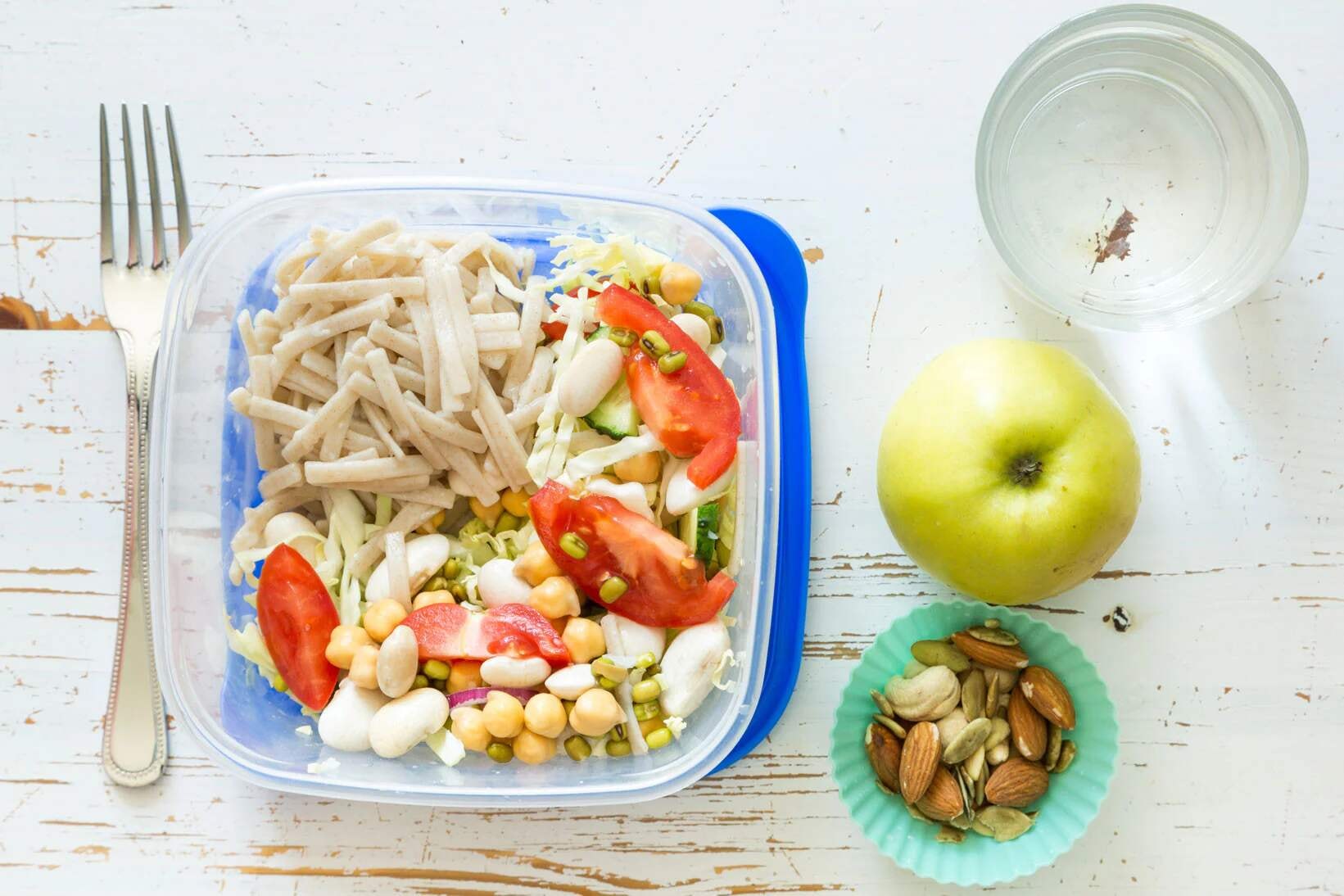
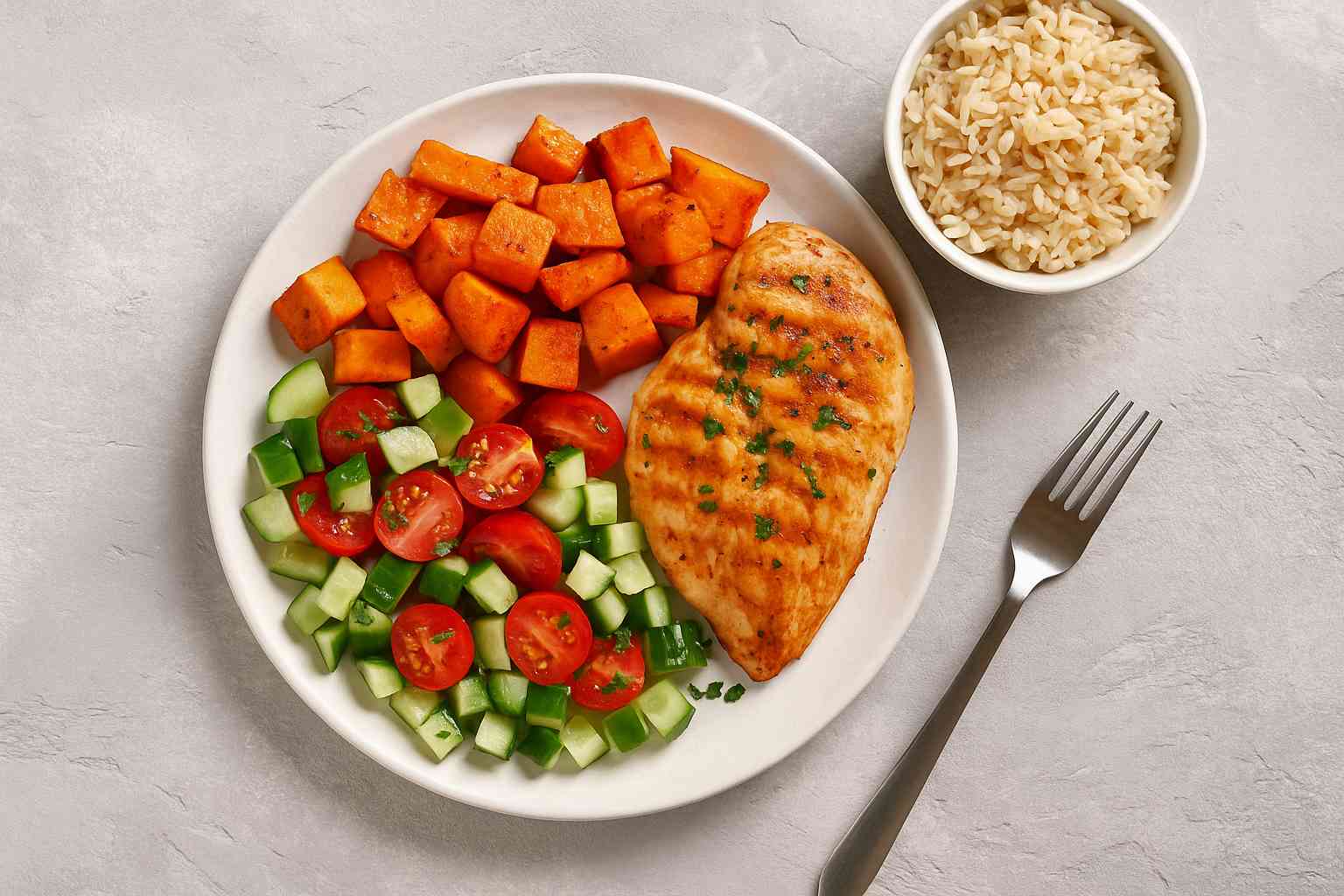
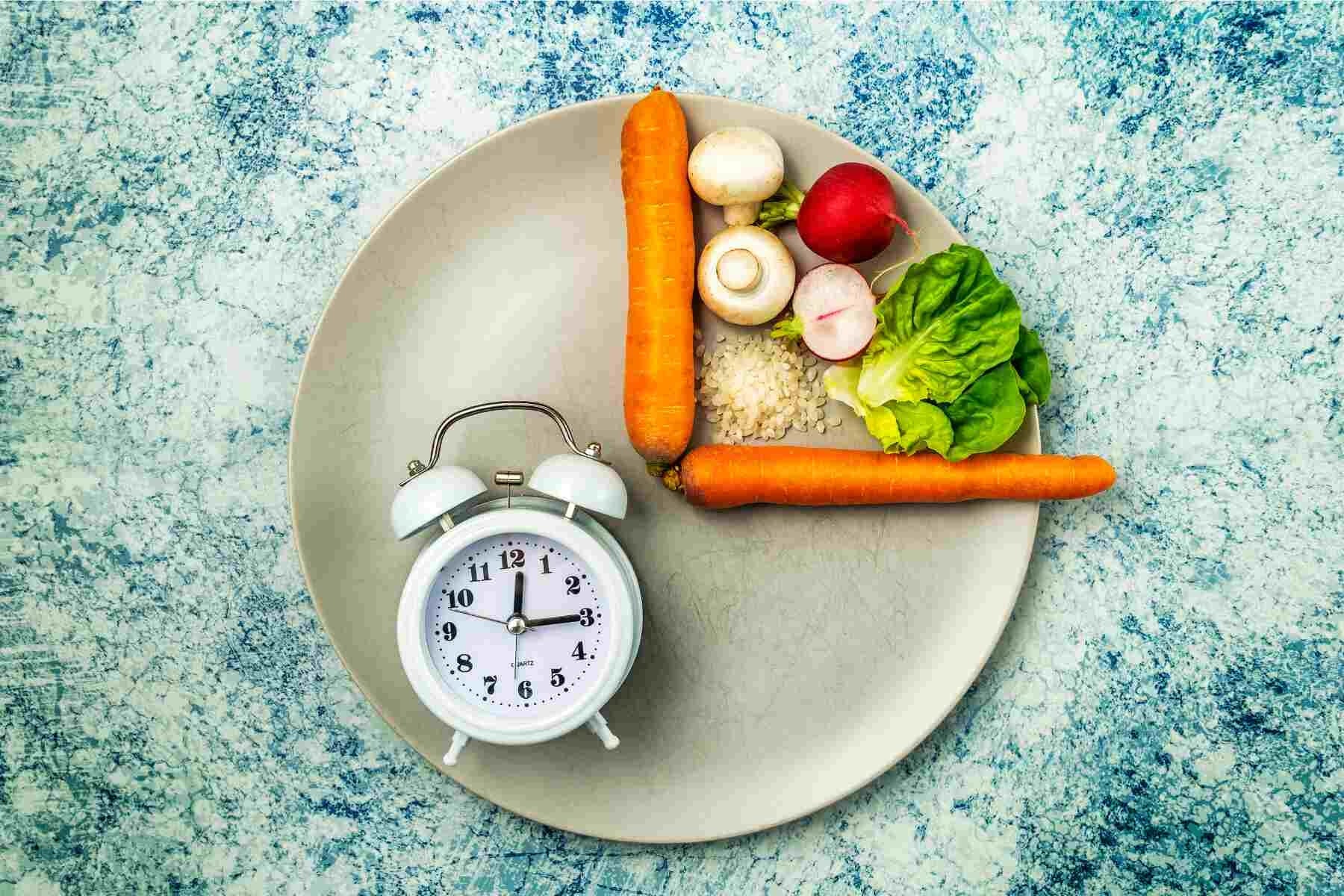

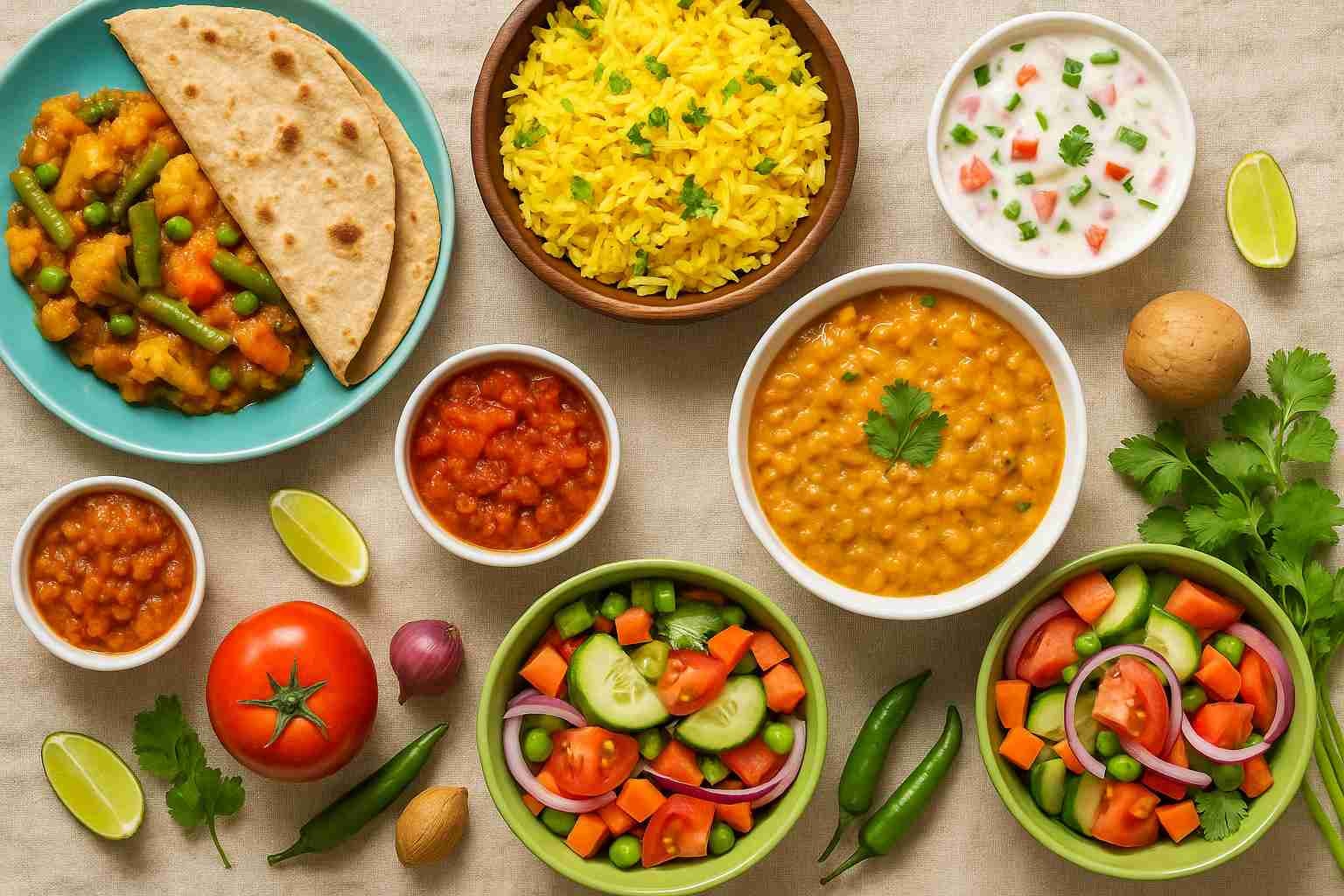




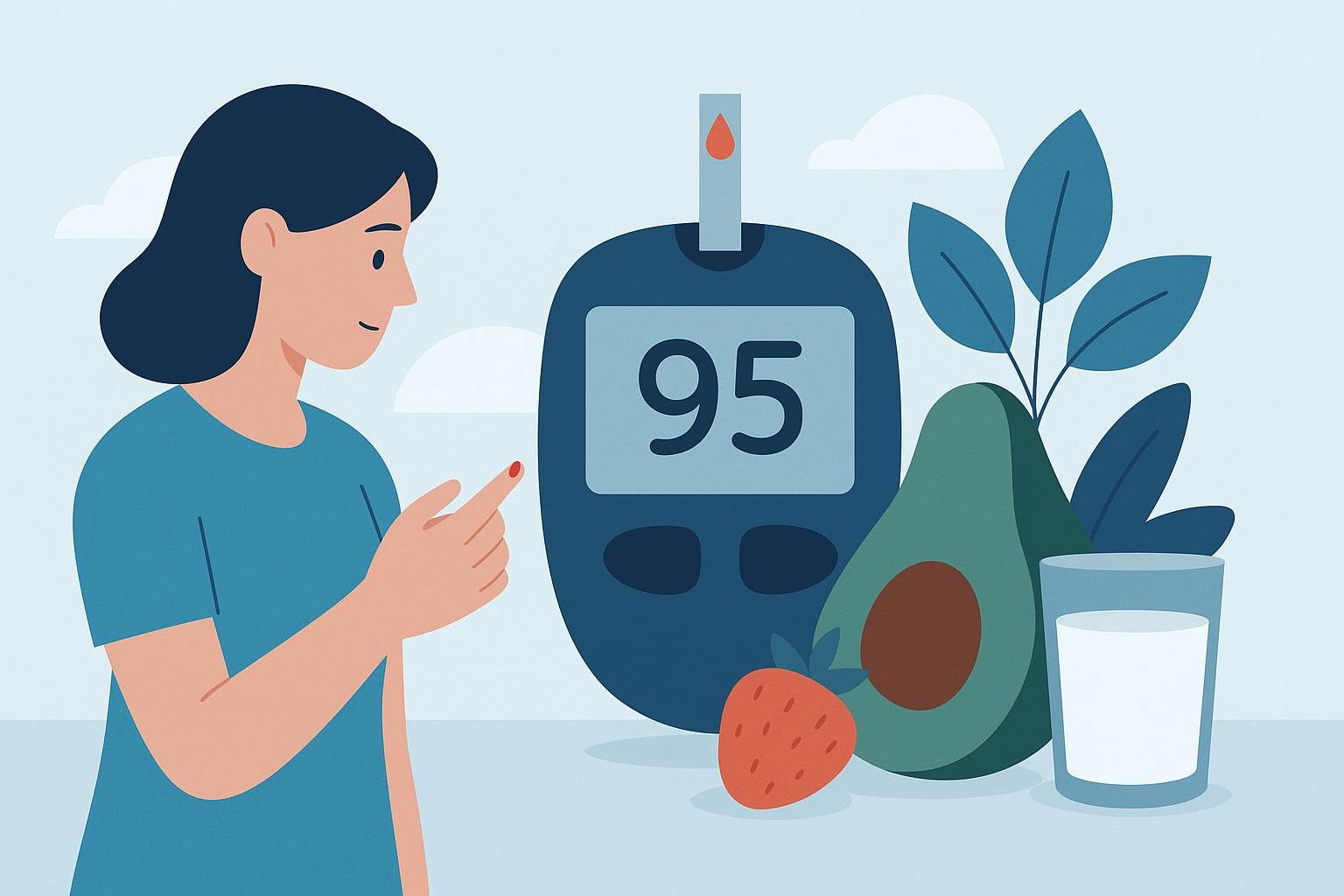
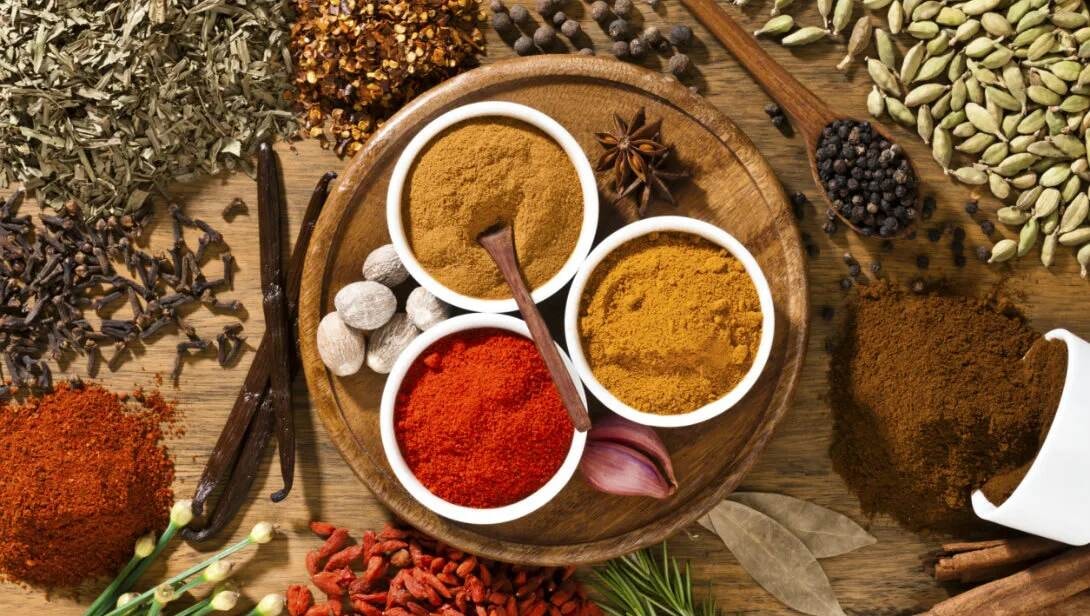
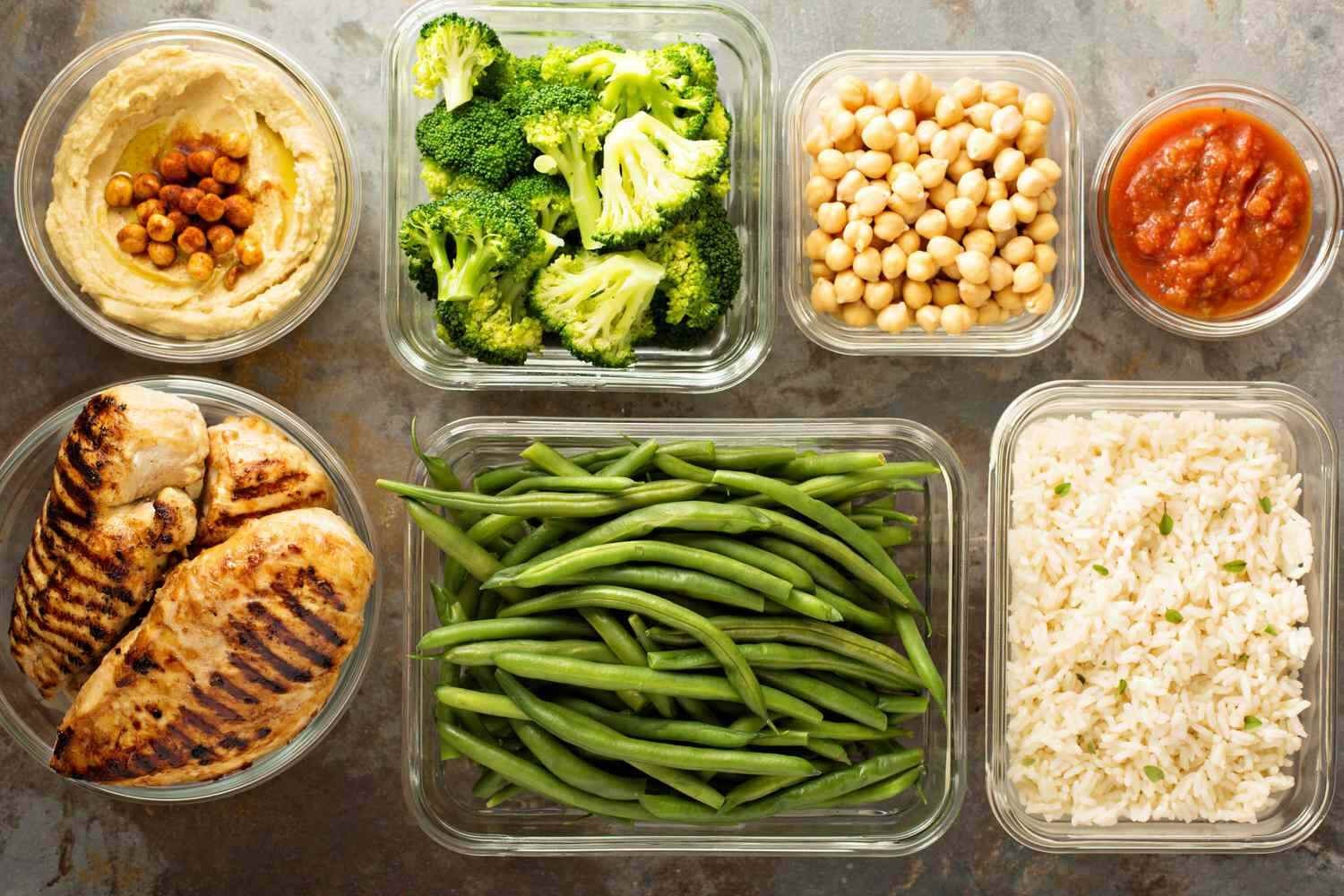
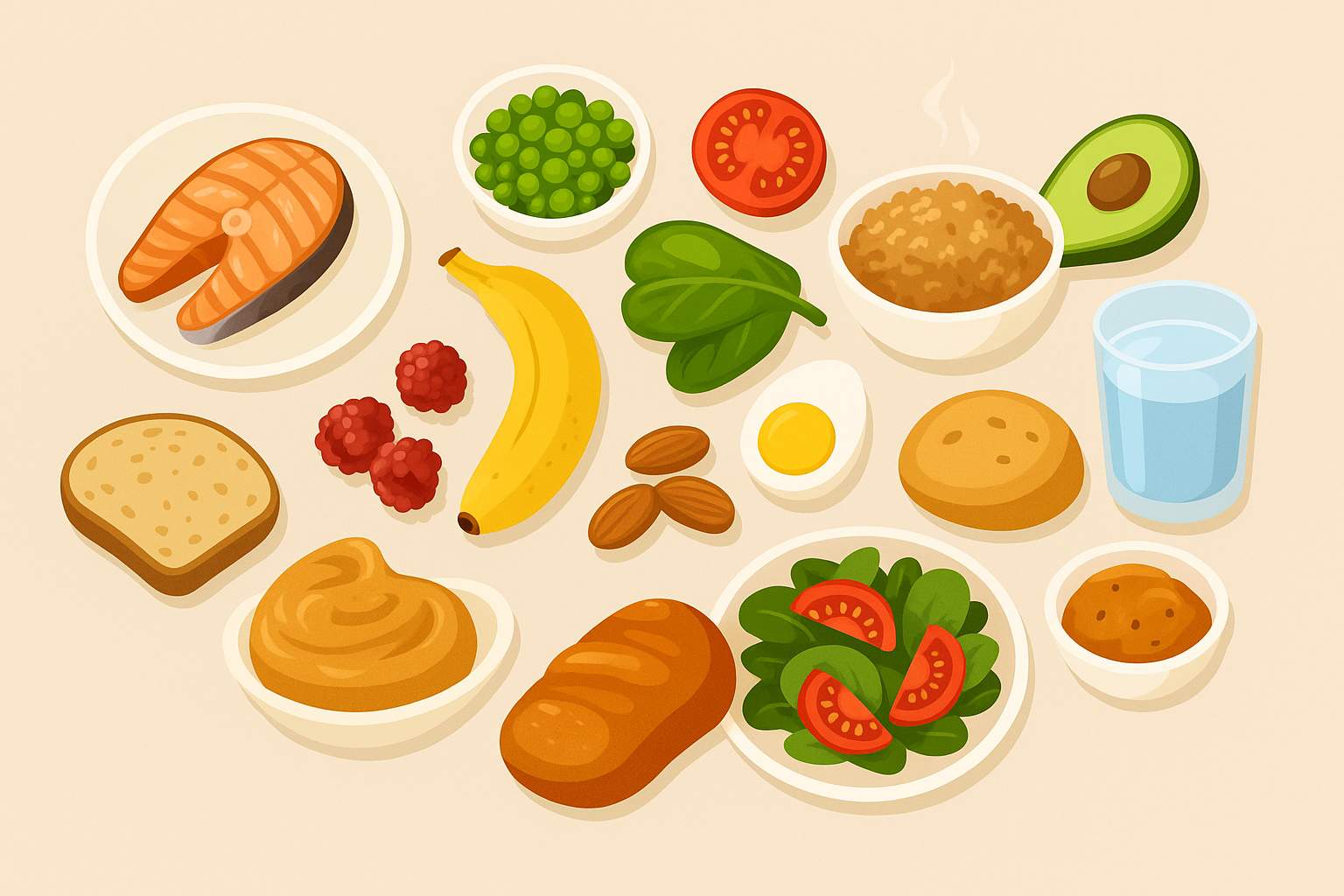
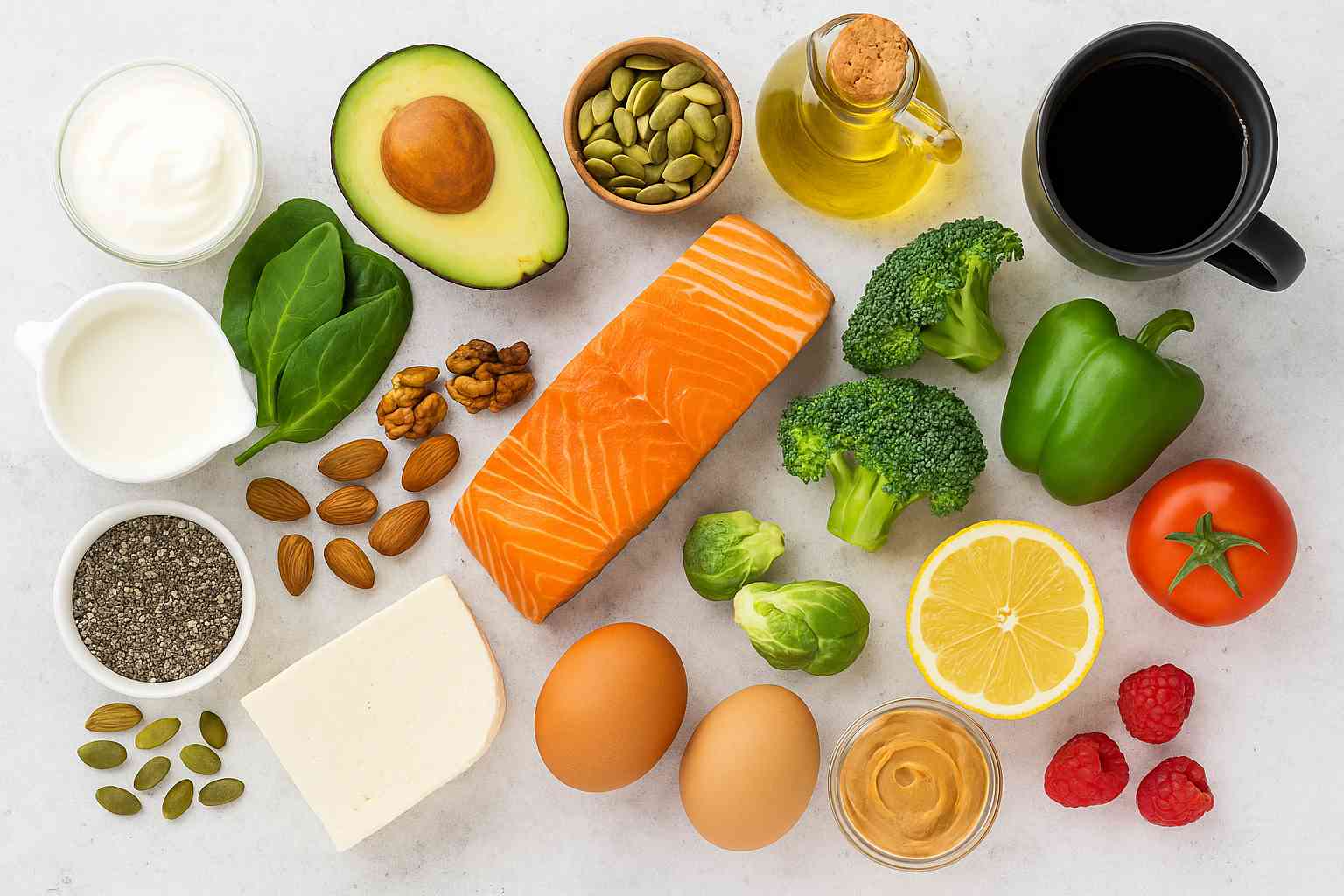
Leave a comment
Translation missing: en.blogs.comments.discription